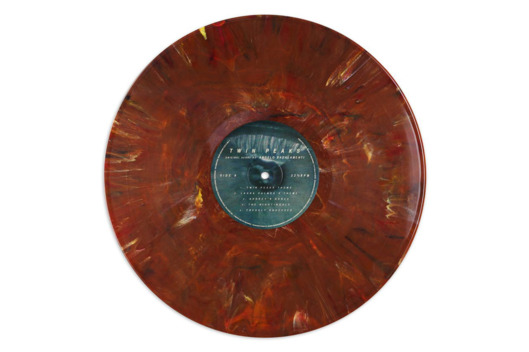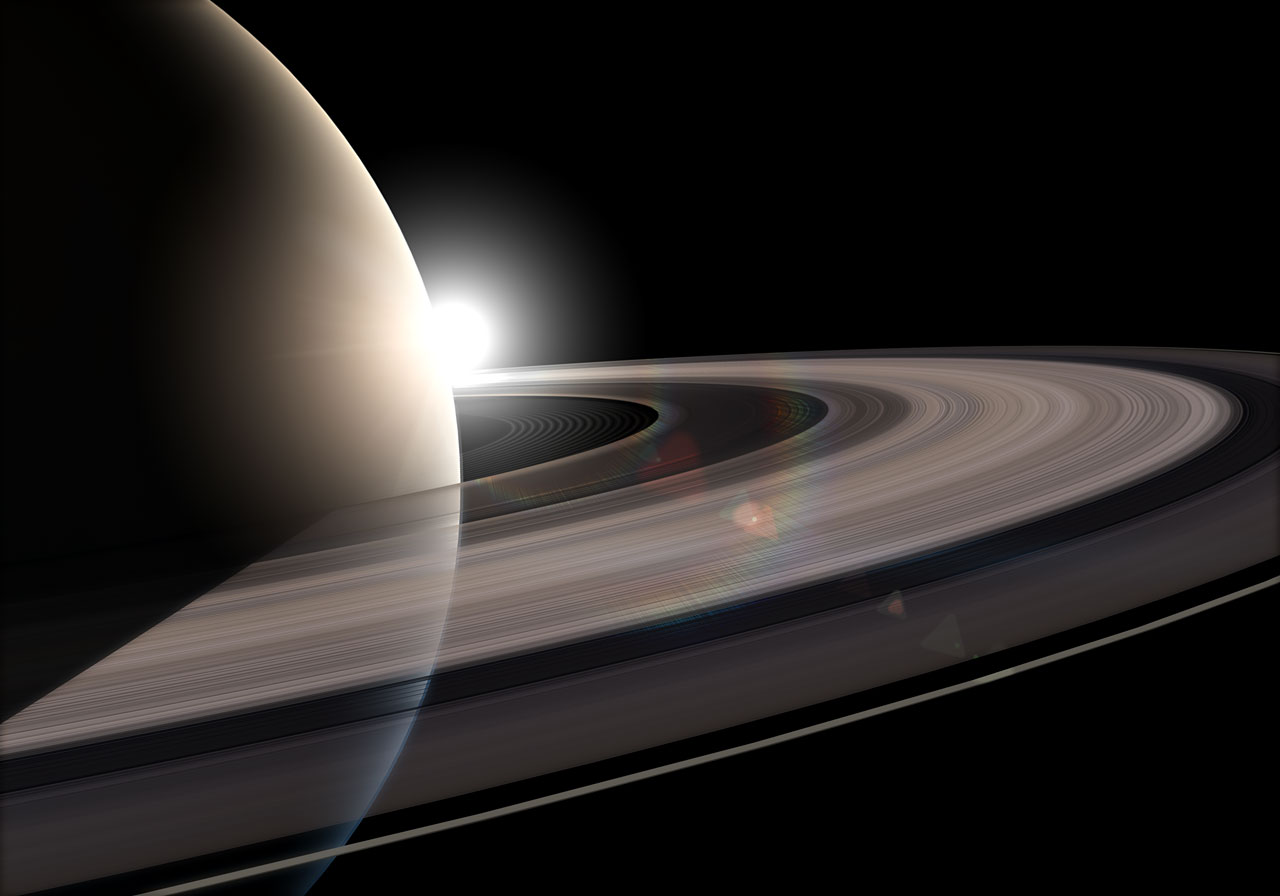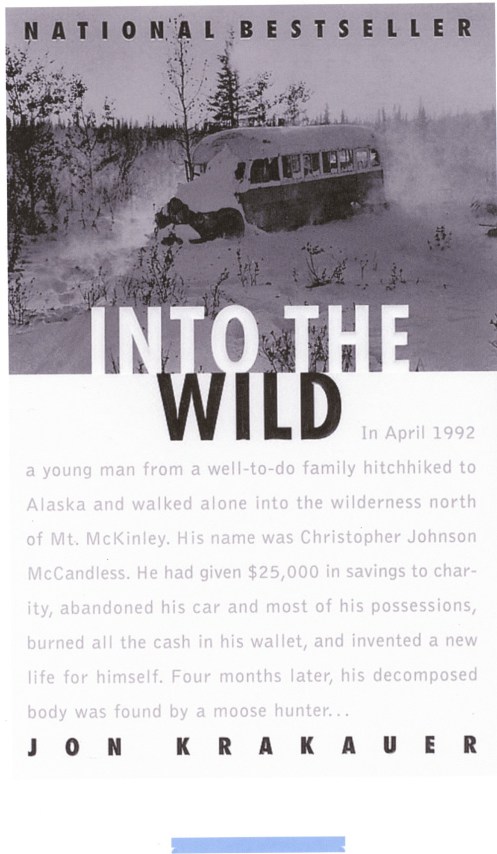You may have read the novel “Into The Wild,” the 1996 non-fiction book written by Jon Krakauer, or have seen the film adaptation. It followed the brief life of Christopher McCandless and his unfortunate and untimely death in the Alaskan wilderness. The novel took me through a wide range of emotions from anger, frustration, sadness, and overwhelming discontent. Not to say it wasn’t well-written, just a disconcerting tale of a young man lost too soon.
21 years ago, in September 1992, the body of McCandless was found outside the northern boundary of Denali National Park inside an old, rusting bus. A note was left on the outside of the bus regarding his weak condition and extreme need of help. Since the discovery, one question has been studied over and over again.
How did Chris McCandless die?
21 years later, it seems like we may finally have that answer.
According to coroner, the official cause of death was starvation though what prompted this starvation remained a mystery. In the novel, Krakauer came to the conclusion that McCandless has accidentally poisoned himself by eating seeds from a plant commonly called wild potato, known to botanists as Hedysarum alpinum. His theory was that a toxic alkaloid in the seeds weakened McCandless so much so that it was impossible for him to leave for help or continue hunting for sustaining food which led to his starvation.
However, this theory was initially thrown out by most scientific experts who claimed that the plant was a nontoxic species.
Then, last December, Ronald Hamilton posted his theory on the death with new facts that seem to back up the initial idea from Krakauer and put a definitive answer to how McCandless died.
Regarding the daily diet of McCandless, Krakauer says,
The diary and photographs recovered with McCandless’s body indicated that, beginning on June 24, 1992, the roots of the Hedysarum alpinum plant became a staple of his daily diet. On July 14th, he started harvesting and eating Hedysarum alpinum seeds as well. One of his photos depicts a one-gallon Ziploc bag stuffed with these seeds. When I visited the bus in July, 1993, wild-potato plants were growing everywhere I looked in the surrounding taiga.
On July 30th, McCandless wrote in his journal, “EXTREMELY WEAK. FAULT OF POT[ATO] SEED. MUCH TROUBLE JUST TO STAND UP. STARVING. GREAT JEOPARDY.” Before this entry, there was nothing in the journal to suggest that he was in dire straits, although his photos show he’d grown alarmingly gaunt. After subsisting for three months on a marginal diet of squirrels, porcupines, small birds, mushrooms, roots, and berries, he’d run up a huge caloric deficit and was teetering on the brink. By adding potato seeds to the menu, he apparently made the mistake that took him down. After July 30th, his physical condition went to hell, and three weeks later he was dead.
In “Into the Wild,” Krakauer attributes the death to the fact that the nontoxic potato plant actually contains a very poisonous alkaloid. He wrote that this alkaloid was perhaps swainsonine, a toxic agent known to inhibit glycoprotein metabolism in animals, leading to starvation. However, for years this theory was dismissed.
Then several months ago, new evidence from Hamilton was produced that stated the wild-potato plant is indeed highly toxic in and of itself, contrary to the belief of every other expert who has ever weighed in on the death of McCandless. However, what makes it toxic is not an alkaloid but rather an amino acid called beta-N-oxalyl-L-alpha-beta diaminoproprionic acid, a compound commonly referred to as beta-ODAP or, more often, just ODAP.
Hamilton wrote in his paper that ODAP “affects different people, different sexes, and even different age groups in different ways. It even affects people within those age groups differently …. The one constant about ODAP poisoning, however, very simply put, is this: those who will be hit the hardest are always young men between the ages of 15 and 25 and who are essentially starving or ingesting very limited calories, who have been engaged in heavy physical activity, and who suffer trace-element shortages from meager, unvaried diets.”
ODAP was identified in 1964. It brings about paralysis by over-stimulating nerve receptors, causing them to die. As Hamilton explains,
It isn’t clear why, but the most vulnerable neurons to this catastrophic breakdown are the ones that regulate leg movement…. And when sufficient neurons die, paralysis sets in…. [The condition] never gets better; it always gets worse. The signals get weaker and weaker until they simply cease altogether. The victim experiences “much trouble just to stand up.” Many become rapidly too weak to walk. The only thing left for them to do at that point is to crawl….
Hamilton was convinced that this was the cause of death for McCandless. Krakauer read this and decided to see if this was indeed the definitive answer. According to him, he “sent a hundred and fifty grams of freshly collected wild-potato seeds to Avomeen Analytical Services, in Ann Arbor, Michigan, for H.P.L.C. analysis.
He states,
“Dr. Craig Larner, the chemist who conducted the test, determined that the seeds contained .394 per cent beta-ODAP by weight, a concentration well within the levels known to cause lathyrism in humans.”
It appears very likely that due to the high levels of ODAP that McCandless contracted lathyrism from eating those seeds and then starved to death in his weakened state.
Hamilton adds to the his paper,
He was a young, thin man in his early 20s, experiencing an extremely meager diet; who was hunting, hiking, climbing, leading life at its physical extremes, and who had begun to eat massive amounts of seeds containing a toxic [amino acid]. A toxin that targets persons exhibiting and experiencing precisely those characteristics and conditions ….
It might be said that Christopher McCandless did indeed starve to death in the Alaskan wild, but this only because he’d been poisoned, and the poison had rendered him too weak to move about, to hunt or forage, and, toward the end, “extremely weak,” “too weak to walk out,” and, having “much trouble just to stand up.” He wasn’t truly starving in the most technical sense of that condition. He’d simply become slowly paralyzed. And it wasn’t arrogance that had killed him, it was ignorance. Also, it was ignorance which must be forgiven, for the facts underlying his death were to remain unrecognized to all, scientists and lay people alike, literally for decades.





























